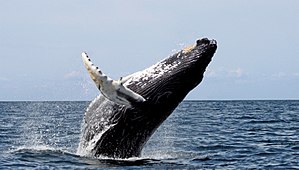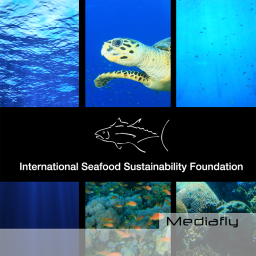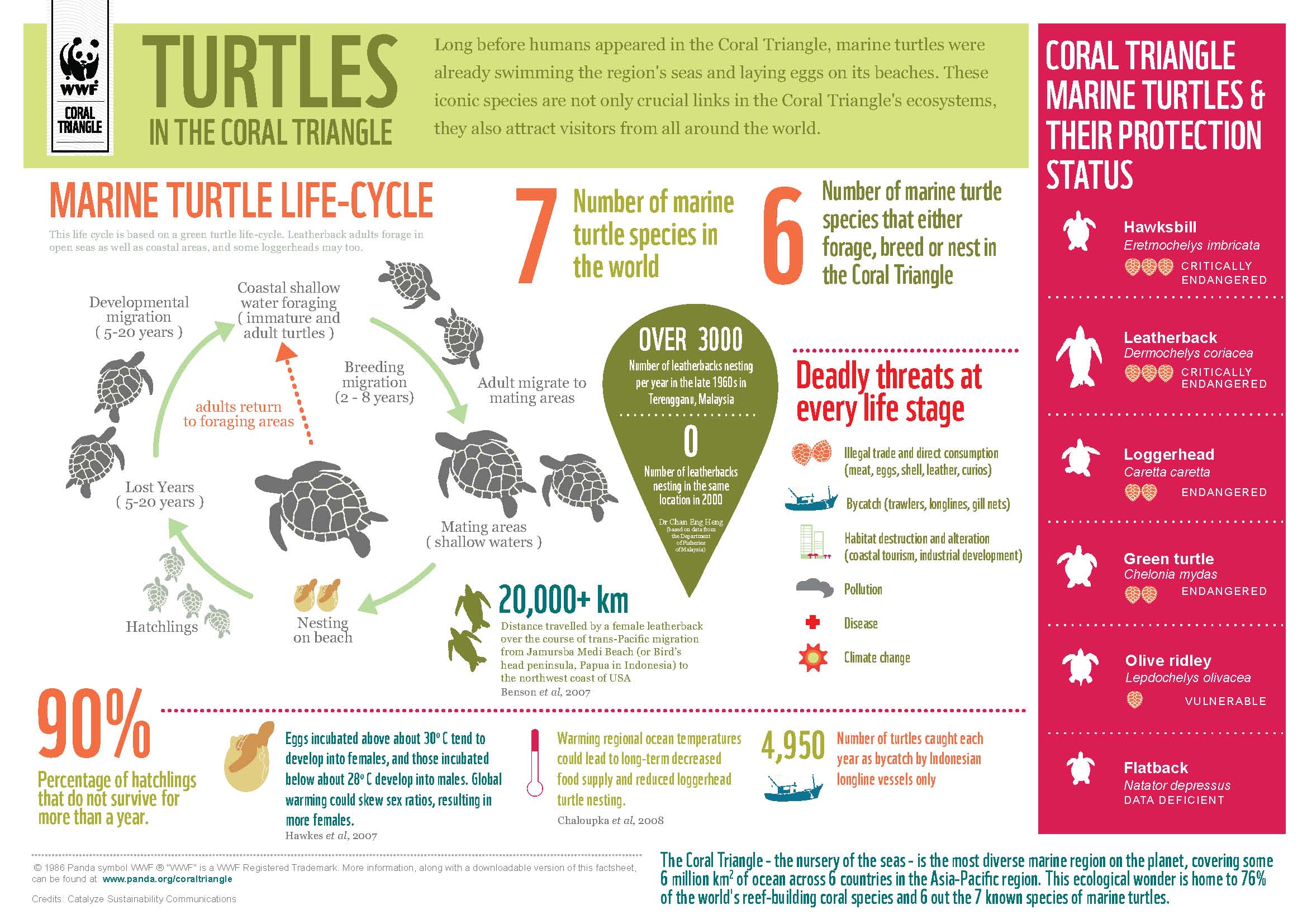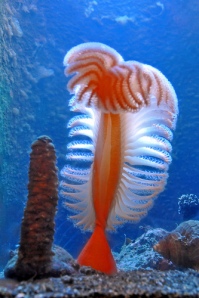 According to this article from The Royal Society (published November 2010) whales are very prone to the harmful rays of the sun. The scientists discovered whales that spend more time at the surface of the sea had more skin cells exposed and therefore were showing more damage from the ultraviolet radiation.
According to this article from The Royal Society (published November 2010) whales are very prone to the harmful rays of the sun. The scientists discovered whales that spend more time at the surface of the sea had more skin cells exposed and therefore were showing more damage from the ultraviolet radiation.
It was even pointed out that lighter species of blue whales are more sensitive to the sun than darker fin whales or sperm whales.
The authors noted, “We conclude that the thinning ozone layer may pose a risk to the health of whales and other vulnerable wildlife.”













What people are saying …